Don’t ignore the signs.
Blood clots can form without noticeable symptoms and, when they obstruct major blood vessels, may lead to life-threatening events like heart attacks or strokes. Recognizing the early signs and understanding your risk can be life-saving. Contrary to popular belief, blood clots are not limited to older adults—many younger individuals may also be at risk due to lifestyle or health conditions. Key risk factors include prolonged sitting, which slows circulation; obesity, which increases pressure on veins; cardiovascular conditions like high blood pressure or cholesterol; and smoking, which damages blood vessels and promotes clotting.
Certain symptoms may signal developing clots and should not be ignored. These include temporary blurred vision, especially in older adults, which may reflect inadequate oxygen supply to the eyes; purple lips or tongue, possibly indicating poor circulation; and shortness of breath or chest tightness during simple activities like squatting, particularly in those who are overweight. These signs may precede serious conditions such as strokes, heart attacks, or pulmonary embolisms.
Maintaining healthy circulation becomes increasingly important after age 50, and certain foods can naturally help reduce blood viscosity. Onions are rich in quercetin and sulfur compounds that reduce inflammation and support heart health—best absorbed when cooked in oil. Tomatoes contain compounds that prevent blood cells from clumping, especially when eaten raw, while cooked tomatoes offer heart-protective lycopene. Black fungus, often used in traditional soups with red dates, is another beneficial food, thanks to its antioxidant and circulation-enhancing properties.
Cardiovascular events are more common in colder months, especially during late night or early morning hours. Taking precautions at key times of the day can reduce risk. Upon waking, dressing warmly and rising slowly can prevent sudden blood pressure changes. Using warm water when brushing teeth or washing your face in the morning also helps minimize vessel constriction caused by cold exposure. After bathing, it’s crucial to dry off and dress warmly to avoid rapid temperature drops that can strain the heart.
By being aware of early symptoms, adopting protective routines, and including circulation-friendly foods in your diet, you can significantly lower your risk of blood clots and related health emergencies.

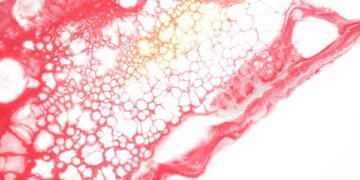
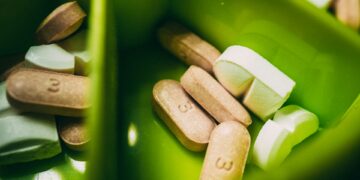
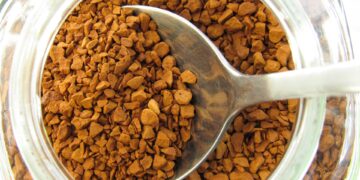

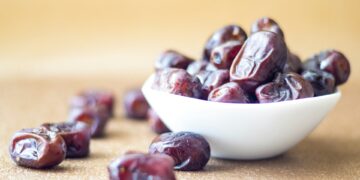

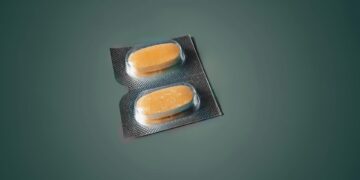
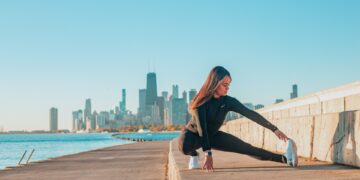
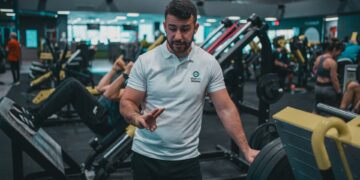

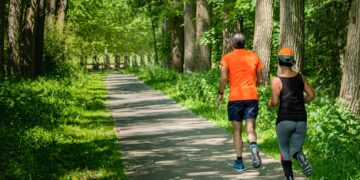
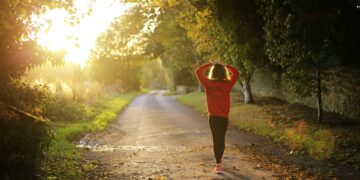

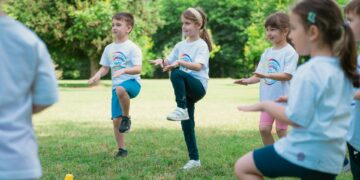
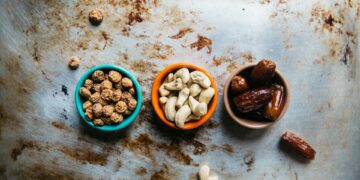
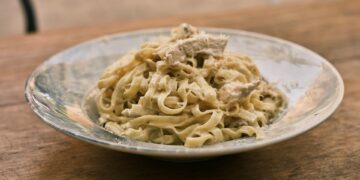
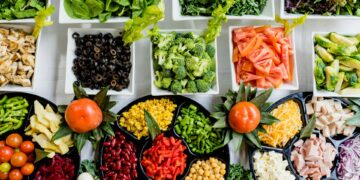
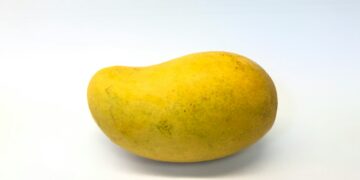

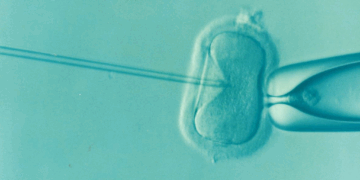












Discussion about this post